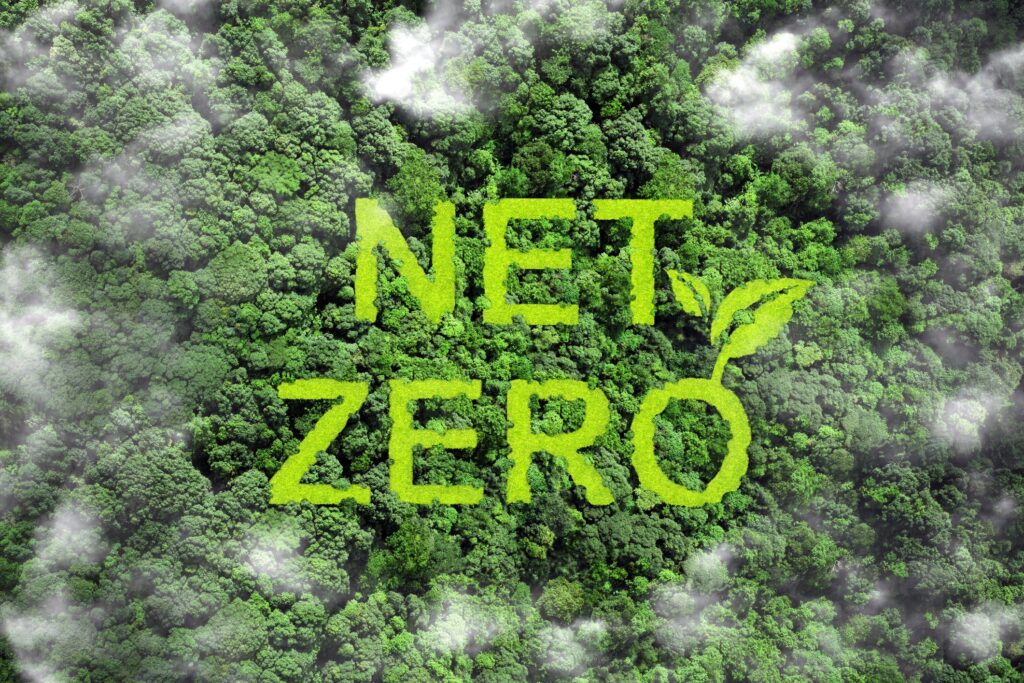Shippers generally don’t have the time and expertise to determine which emissions calculators provide the most accurate data.
Shippers looking to measure and mitigate emissions are still relying primarily on third-party logistics providers (3PLs) to arm them with carbon calculation tools to inform procurement and routing decisions despite a proliferation of off-the-shelf indexes available to cargo owners.
Pressure on shippers to take a more active role in bringing down so-called Scope 3 emissions covering the activities of a company’s third-party vendors — including transportation — has increased in recent years, but cargo owners have little control over the vessels and vehicles carrying their freight. What’s more, attempts to measure those indirect emissions have been plagued by a lack of uniformity in how the data is collected and calculated.
“Companies face growing pressure, from consumers and legislative requirements, to move toward reducing their emissions,” Ken O’Brien, CEO of the Gemini Shippers Group, told the Journal of Commerce. “As one of the largest controllable sources, logistics services must be sourced, procured, and used with an awareness of their emissions.”
Gemini, which functions as a volume aggregator for shippers, purchasing container vessel capacity in bulk on behalf of its members, as well as a trade association, isn’t just sitting back and letting shippers fend for themselves. At the behest of its members, the organization developed a platform called “Greenabl” to help them calculate and offset indirect emissions from their carrier partners that went live in January.
“We didn’t see a product that brings together the three pillars of ‘measure, mitigate, and offset’ on one platform,” O’Brien said.
This article was originally published by The Journal of Commerce. To continue reading, visit joc.com.


